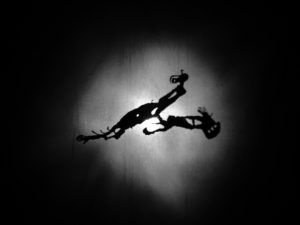“If we try to tell a story from the very beginning by calculating everything, we always end up with fewer surprises and above all less poetry and less truth.”
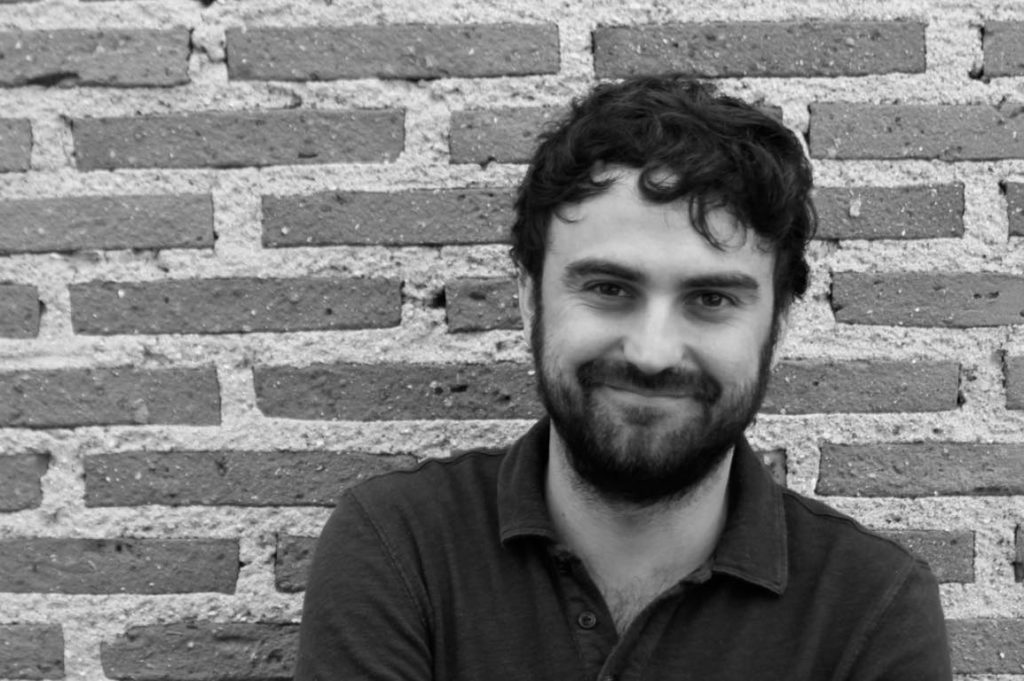
Manuel Marsol (Madrid, 1984) is currently one of the most engaging illustrators on the European scene. His illustrations for books earned him the International Illustration Award of the Bologna Children’s Book Fair in 2017, after being selected for the Bologna Illustrators Exhibition four years in a row. We are talking with the artist about his book projects, the international workshops he organized, and his relationship with the publishing houses he worked with. We wish you a good weekend and pleasant reading!
“My intention in making picture books is to recover the fascination that enchanted places caused me as a child, the amazement of the stories of the forests, the apparitions, the wonderful, the mysteries of existence or the past of time… There are a lot of picture books that pretend to educate, to be “practical” and “useful”. But I think those characteristics should only be incidental or collateral. Picture books just have to fascinate the reader, young or adult, and give pleasure in the form of poetry and art. Nothing more and nothing less. As an author, I think it is also good to surround yourself with people with knowledge and critical capacity so that they can openly analyze your work, both to point out errors and to highlight the virtues. Patience is also important, not just with editors, but with yourself. Experience is accomplished with time and we are in a hurry to skip the learning steps. It seems that you have to be good from the first thing you do, and that only happens to Picasso and a few others. Just for statistics, and for humility, it is important that whoever decides to dedicate himself to this is aware of it.”
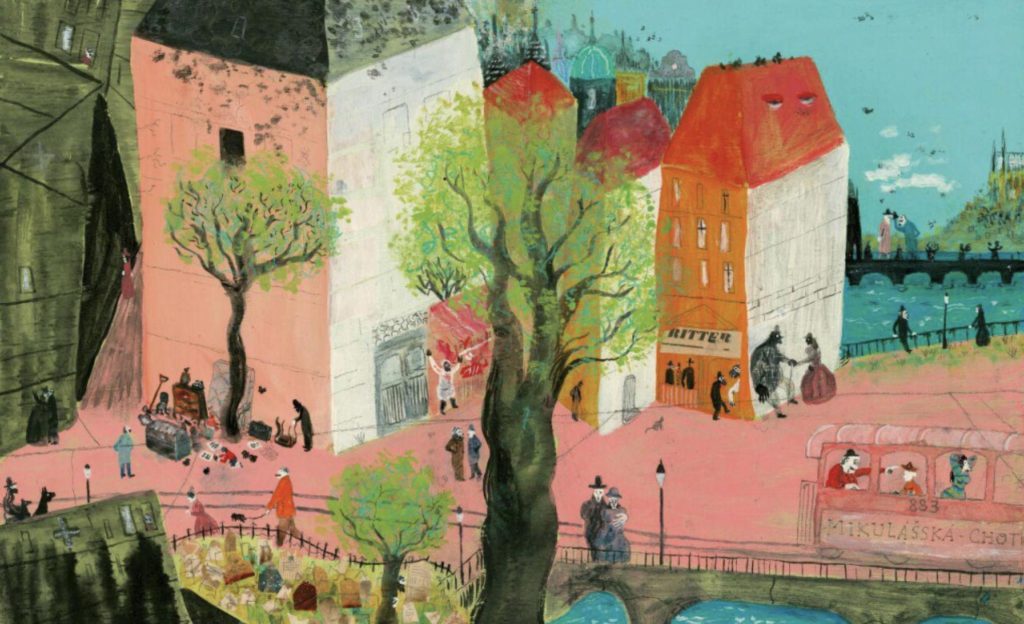
Hello Manuel! How did you become an illustrator?
I studied advertising and audiovisual communication, and between 2009 and 2012 I worked as a creative (art director) making advertisements. But I had always drawn and was interested in art since I was little because my parents were art history teachers. I never thought that I would dedicate myself to drawing, the educational system did not invites to choose such a profession. But I finally listened to my instincts and started signing up for illustration workshops. I watched picture books and thought it was a wonderful format for storytelling, with many possibilities. Later I realized that if I wanted to try it, I had to do it with all the energy and time possible. I quit my job in advertising and signed up for a postgraduate degree in illustration. At first, the editors I contacted by email didn’t pay much attention to me. I started going to fairs and signing up for picture book and illustration contests. That worked out and in 2014 I published my first book.
How do you approach to a book project?
Each time is different, there is no magic formula. But there is something in common: I document a lot, I collect references and think about related artistic works of all kinds: cinema, literature, painting, other picture books. I surround myself with all that and little by little I am joining the points that arise from my tastes and my intuition. It is never a straight path from A to B, I never know how it starts and ends. Let’s say it is a process of discovering the book as you go along, sometimes with clear ideas, and almost always without knowing exactly where it will all end. If you know exactly what to do and what to say from the beginning, there is the risk of losing surprises and lucky discoveries in the process.
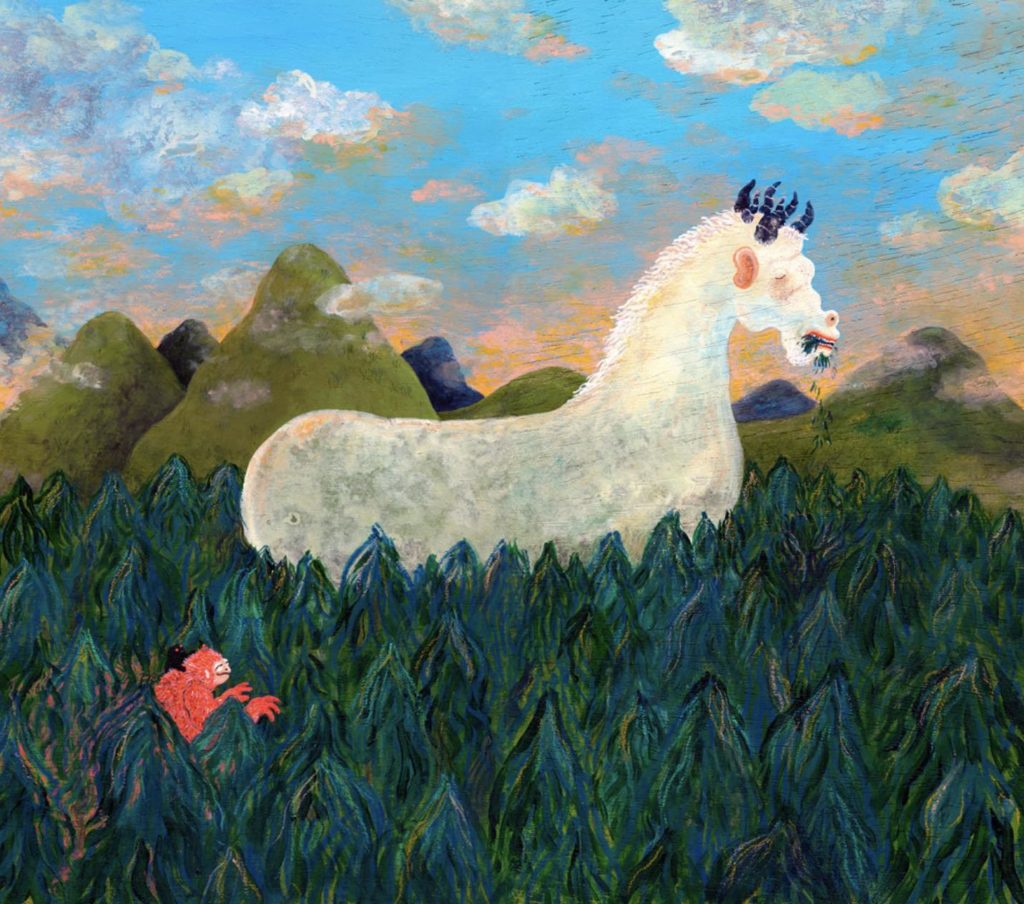
What was your most challenging project so far? Can you tell us the creation process of these projects?
There were two very difficult projects. The first was to illustrate Kafka’s Metamorphosis (Astro Rey Books, 2015). It was just after finishing my first album, and if now, with more experience, it seems very difficult to tackle a project like this, then even more so. It was a novel illustrated before on infinite occasions, and it was difficult to find where to contribute something original. I decided to avoid the most common aesthetic in this type of work, black and white, sinister and dark. And I started with the color, and by bringing out a humor and an irony that was in Kafka but that was not always shown. Then there was the question of whether to show the protagonist, who is a giant insect, or not to do it as Kafka suggested to his editor in the first edition. Almost no illustrator had paid attention to him, and it is normal, it is very suggestive to draw a monster locked in a house. But in the end I found a way to do it, and it was giving an insect appearance to everything represented (the protagonist’s family and the house itself) but never showing Gregor. As Sartre said, hell is others.
The second complicated project was La Leyenda de Don Fermín (Ediciones SM, 2018). It was a book I had to do after winning the Bologna International Illustration Prize, and I suppose it brought out a lot of insecurities. Self-imposed pressure, demands, fears … something on the other hand very common in anyone who dedicates himself to creation. In the end, a perhaps irregular book came out, but with more truth and heart than other simpler works.
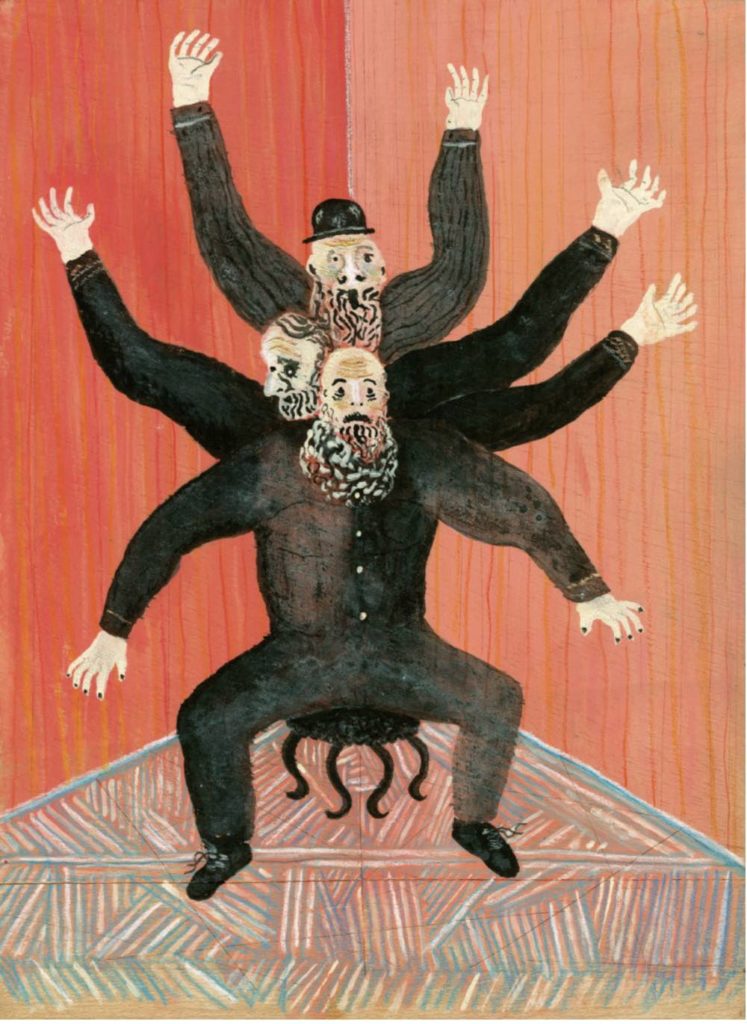
You are giving workshops in many countries. What can we find in your workshops?
Sometimes I focus on the pleasure of drawing through stains, on incorporating accidents into the drawing, but above all I focus on analyzing picture books and working on issues of structure. More in thinking than in drawing. In how a story is generated from an image, in the importance of the surprise that there is in the passage of the page, in how text, image and format are related. They are the three essential elements, and in understanding its mechanism and its ability to narrate at different levels lies the full potential of the picture book. I also insist a lot on diving into the things that marked or fascinated us, or even frightened us, when we were little. As Czech filmmaker Jan Svankmajer says, that’s where the most valuable treasures come from. I’m more interested in pulling that mysterious thread that you can’t explain very well yourself than trying to conceive a story knowing from the beginning what exactly you want to talk about. In that case, there will always be fewer surprises and above all, less poetry and less truth.
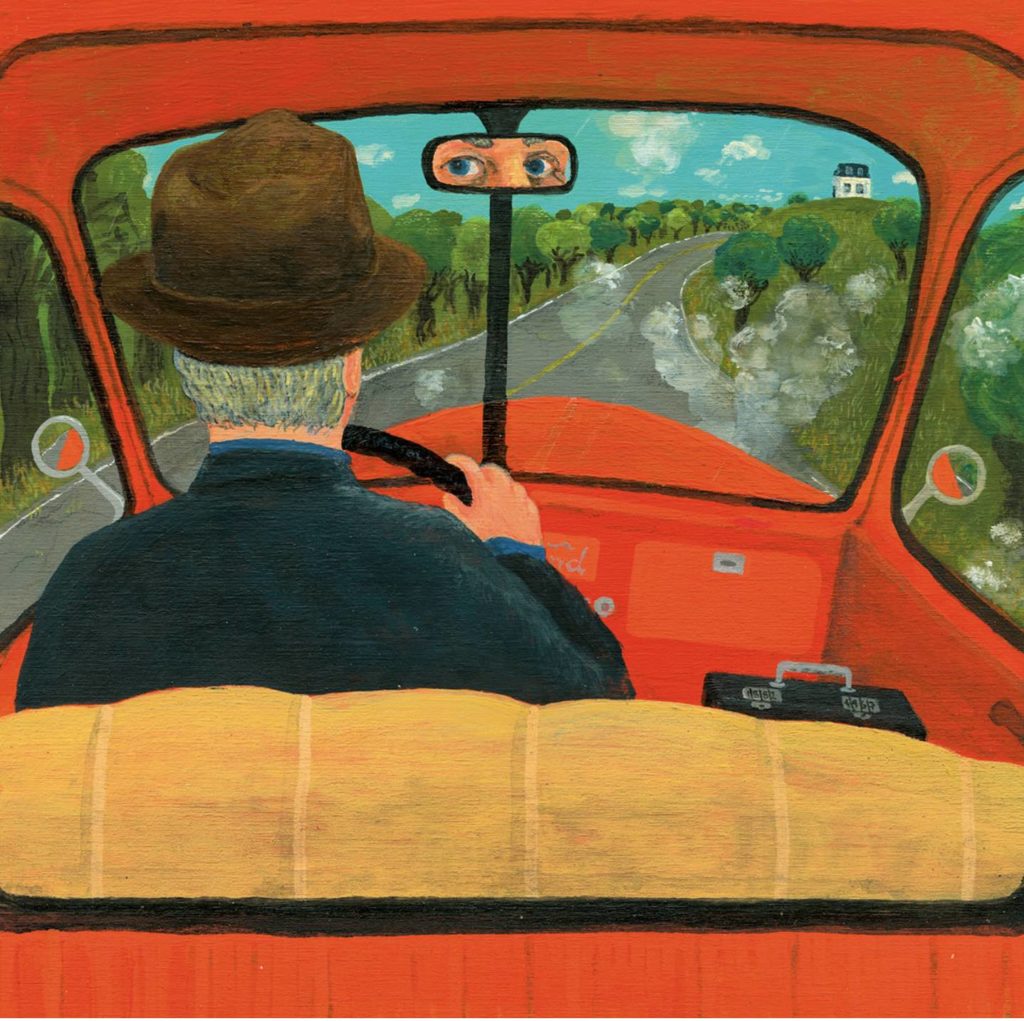
What relationship do you have with the publishing houses?
It depends on the book. I try to work with publishers whose artistic line is related to me. In those cases, usually the art directors and designers do their job phenomenally and I don’t have to worry too much. I usually work most of my personal projects on my own, and only at the end you have to discuss a design topic. Fulgencio Pimentel, my Spanish publisher, is an exceptional case of quality in design and editing, and that is fortunate.
The rhythm, color balance, typography of the book … They are all part of our work as illustrators. Do the publishers let you go that far? How much control do you have in your book projects?
I have practically total control because this is how I thought I wanted to approach my career as a picture book author. If I quit from advertising, which was the opposite, it was to try to do my projects with full control. It also implies that you have to reject many texts from others and that most projects are written or co-written by me. The choice of publishers is also essential, although one can never be sure that they will publish everything you do, no matter how many previous recognitions your books have had. It is a complicated, sometimes frustrating matter. I usually deliver my finished works and then fix them with the publisher if necessary. Sometimes you agree on some issues, and on others you must reach a middle ground or defend your vision, and that implies that they may not want to publish you. You have to understand the author, who does not want to publish something with which he does not identify, but you also have to understand the editor, who does not want to edit something that he believes does not work.
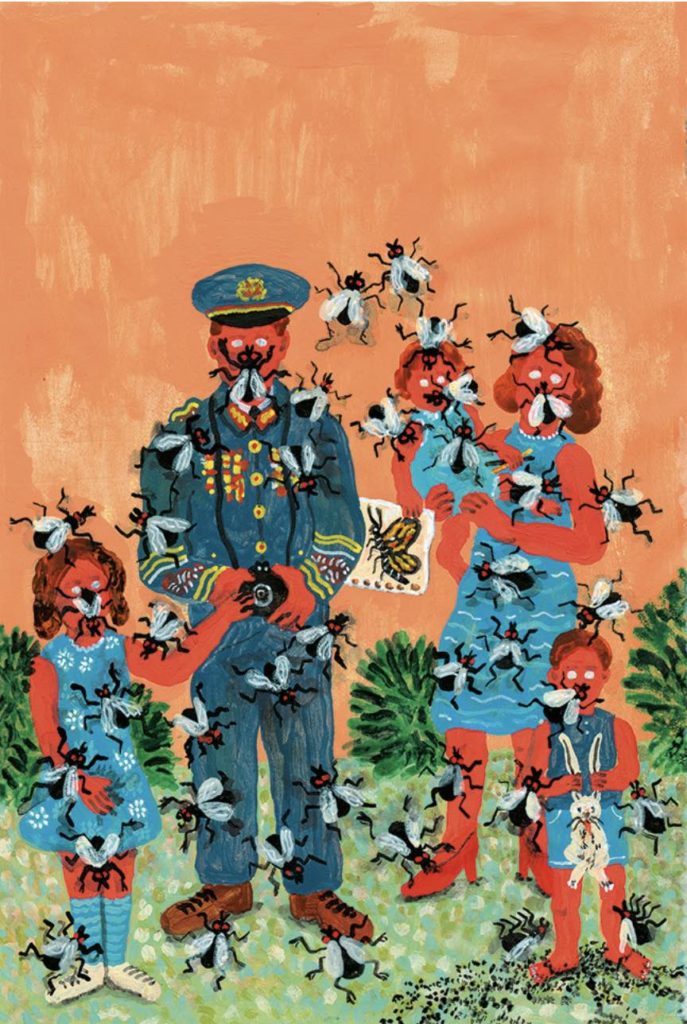
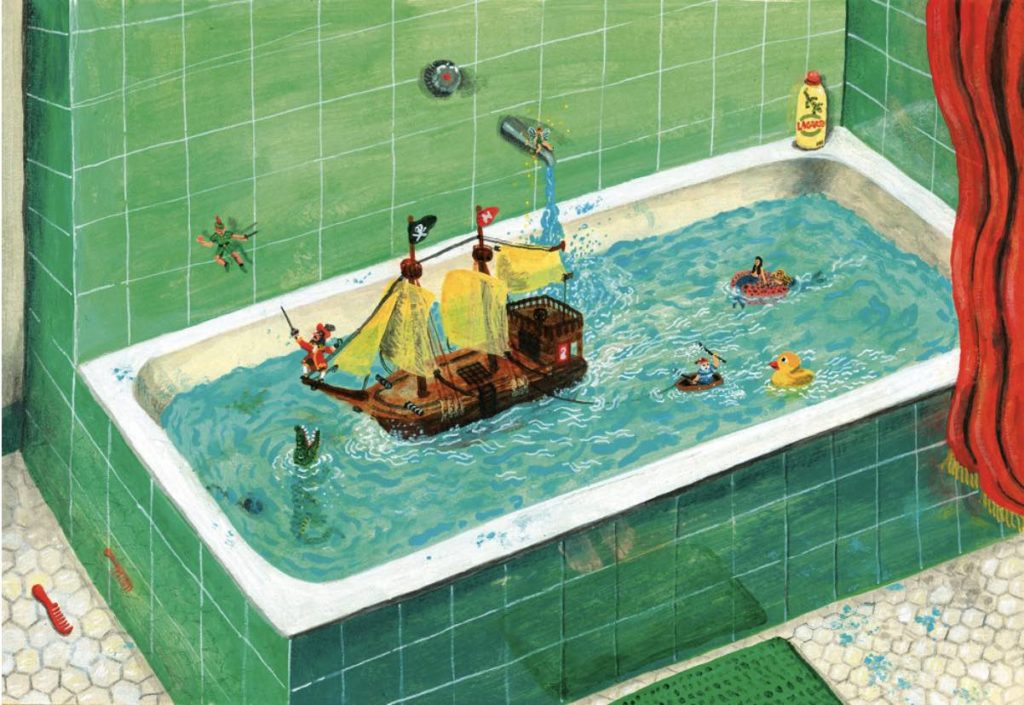
Are you interested in any other fields of art, rather than illustration?
I have done animation work with my own illustrations, and a short film in college. Cinema is something that I always keep in mind, I´ve watched a lot of movies and I think it shows in my books. I also read a lot of literature, which I like as much as painting and art. Sometimes I don’t distinguish between illustration and painting, they seem to me to be two intertwined artistic expressions, and I think that sooner or later I will get serious about painting. I do some from time to time, but I would like to really spend time on it, not sporadically. I think it is a good practice to combine with those periods of conception of a book, where above all there is thought and the days go by without you drawing anything. Sometimes the demand for narration makes us lose the pleasure of drawing and painting, drawing for the sake of drawing, and I try to remind myself that continuing to do that is vital so as not to lose motivation in my work.
It was a great pleasure to chat with you. Thank you very much.
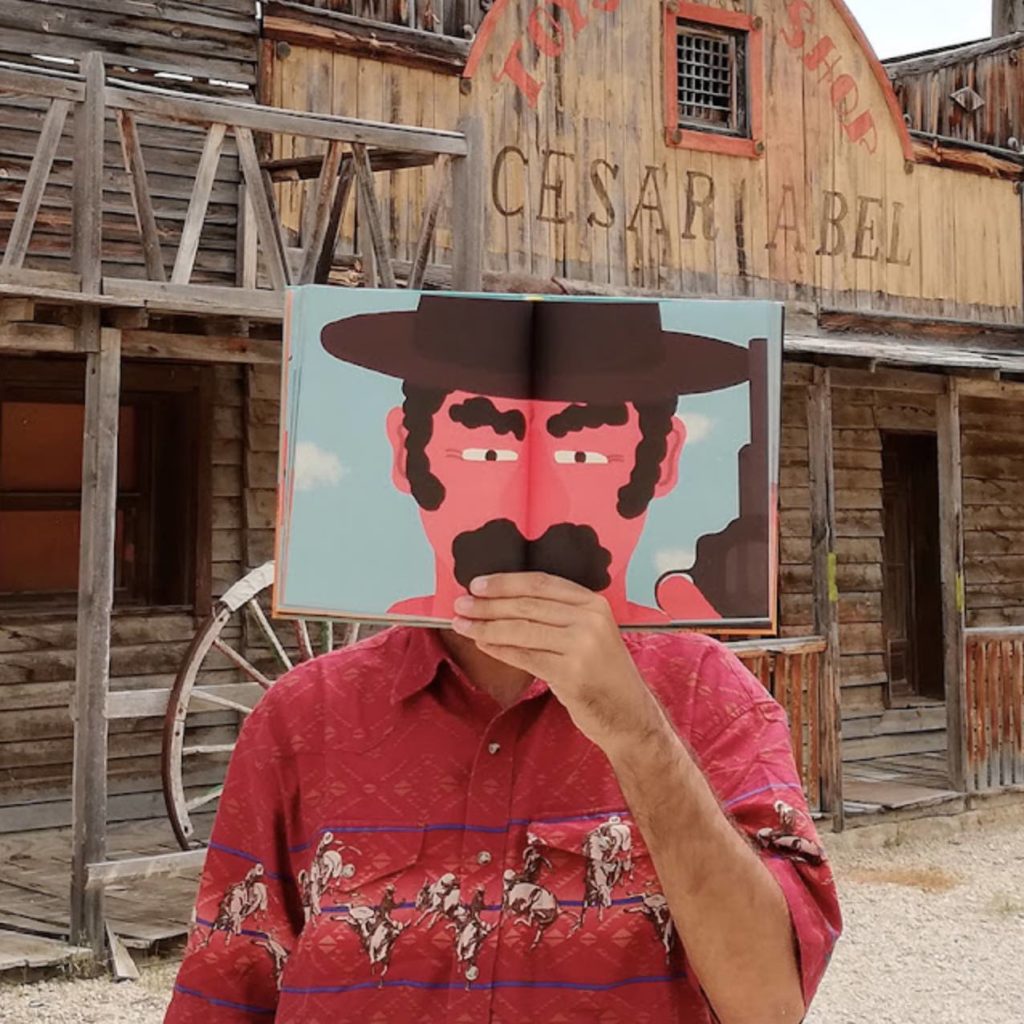
Bioagraphy
Manuel Marsol (Madrid, 1984) is an illustrator & writer mainly focused on the creation of picture books. In 2017 he received the International Illustration Prize of the Bologna Children’s Book Fair, after four consecutive years selected for the Exhibition. The winning illustrations are part of the picture book Yōkai (Fulgencio Pimentel 2017), which co-writes with Carmen Chica.
He has received the International Edelvives Illustrated Album Award for his first picture book Ahab and the White Whale (Edelvives 2014) and the Prize of the V Ibero-American Catalog of Illustration for O tempo do Gigante (Orfeu Negro 2015), where he also did tandem with Carmen Chica. In Portugal, the book was recognized with the National Amadora BD Award for best foreign album illustrator.
Published in countries such as France, Portugal, Italy, China, Japan or South Korea, the rest of his books are the book-map A minha cidade: Madrid (Pato Lógico 2017), Duel au Soleil (L’Agrume 2018) -Pépite Livre Illustré -best illustrated book & Prix Sorcières in France- and La Leyenda de Don Fermín (SM 2018). His latest picture book is MVSEVM (co- edited by Fulgencio Pimentel, Orfeu Negro and Orecchio Acerbo 2019) made with Javier Sáez-Castán (Spanish National Illustration Award). He has also illustrated novels such as The Metamorphosis (Astro Rey 2015) by F. Kafka, The Cat of Brazil (Ekaré 2016) by A. Conan Doyle, Venus in Furs (Sexto Piso 2016) by Sacher-Masoch, The Duelists (Elephant Factory 2018 ) by J.Conrad and El hombre muerto (El ángel caído 2018) by Horacio Quiroga. He has also done covers for Anagrama, Libros del K.O, Barrett and Babelia (El País), and animations for Flying Tiger.
He has a degree in Advertising and Audiovisual Communication, was art director in advertising between 2009 and 2012, and attended the Postgraduate in Children’s Illustration at the EINA School in Barcelona. He has conducted workshops and talks in places such as Bologna Book Fair, Taipei Book Fair, BD à Bastia (France), Les Estivales de L’illustration (Sarrant, France), CCEMx, FILIJ and CILELIJ (Mexico City), FIL (Guadalajara) or IAGO (Oaxaca), as well as the Duo Yun Xuan Museum (Shanghai), Tabook (Czech Republic), Tekenpudding (Belgium), Fundação José Saramago (Lisboa), Almeria Western Film Festival, Billar de Letras (Madrid) or EASD Picasso (A Coruña). In 2017 he gave lessons on picture book at One Year IED (Madrid).

